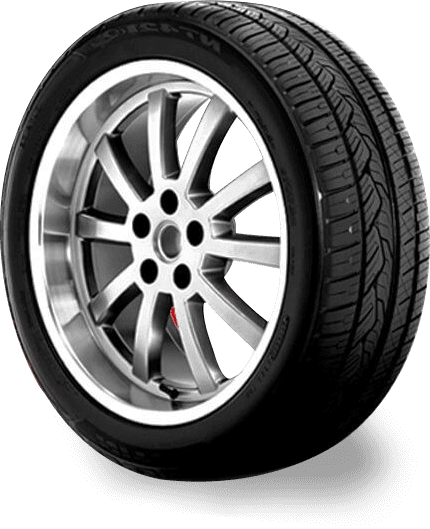
Dec . 13, 2024 18:19
Back to list
صمام التنفيس
Understanding the Pressure Relief Valve An Essential Component in Safety Systems
Pressure relief valves (PRVs) are critical safety devices used in various industrial applications to prevent excessive pressure buildup in systems that handle gases or liquids. The fundamental purpose of a PRV is to protect equipment and maintain safe operating conditions by releasing excess pressure. This article explores the importance, functionality, and applications of pressure relief valves, emphasizing their role in ensuring safety and efficiency in various industries.
The Importance of Pressure Relief Valves
Controlling pressure in industrial systems is paramount for safety. In the absence of proper pressure regulation, equipment may experience catastrophic failures due to overpressure situations. For example, boilers, pressure vessels, and pipelines can all suffer severe damage if pressure is allowed to exceed specified limits. Pressure relief valves serve as a safeguard, allowing for the safe venting of excess pressure, thereby protecting both personnel and equipment from potential hazards.
How Pressure Relief Valves Work
The operation of a pressure relief valve is relatively straightforward. Each valve is designed with a specific set pressure, which is the point at which it will begin to open and release excess pressure. When the internal pressure of the system reaches this predetermined level, the valve opens to allow gas or liquid to escape, reducing pressure within the system. Once the pressure falls back below the set point, the valve automatically closes, ensuring that the system returns to safe operating conditions.
.
Applications of Pressure Relief Valves
صمام التنفيس

Pressure relief valves are ubiquitous in industries such as oil and gas, chemical processing, power generation, and water treatment. In these industries, staying compliant with safety standards and regulations is crucial, and PRVs play a vital role in meeting these requirements.
1. Oil and Gas Industry In the extraction and transportation of oil and gas, PRVs are essential for maintaining safe pressure levels in pipelines and storage tanks, preventing leaks and explosions.
2. Chemical Processing In chemical plants, PRVs safeguard reactors and other equipment from overpressure due to exothermic reactions or equipment failures.
3. Power Generation Boilers are a critical component in power generation facilities, and PRVs prevent overpressure that could lead to equipment failure and serious accidents.
4. Water Treatment Water treatment facilities utilize pressure relief valves to manage pressure in tanks and pipes, ensuring safe operation and preventing system failures.
Conclusion
In conclusion, pressure relief valves are indispensable safety devices that protect industrial systems from the dangers of overpressure. By understanding their importance and functioning, industries can ensure their operations run smoothly and safely. Regular maintenance and testing of PRVs are essential to ensure their reliability and effectiveness. As technology advances, ongoing innovations in PRV design and materials will enhance their capability, making them even more effective in safeguarding equipment and personnel across various applications. The presence of a properly functioning pressure relief valve is a critical aspect of safe operational practices in any industry dealing with pressurized systems.
Next:
Latest news
-
Safety Valve Spring-Loaded Design Overpressure ProtectionNewsJul.25,2025
-
Precision Voltage Regulator AC5 Accuracy Grade PerformanceNewsJul.25,2025
-
Natural Gas Pressure Regulating Skid Industrial Pipeline ApplicationsNewsJul.25,2025
-
Natural Gas Filter Stainless Steel Mesh Element DesignNewsJul.25,2025
-
Gas Pressure Regulator Valve Direct-Acting Spring-Loaded DesignNewsJul.25,2025
-
Decompression Equipment Multi-Stage Heat Exchange System DesignNewsJul.25,2025

